Hi everyone,
Last week was a whirlwind of learning and inspiration! I had the fantastic opportunity to attend the CIRED conference and even present a paper. My topic, “Reducing Peak Demand of EV fast charging stations using solar power streetlights,” focuses on bringing clever energy solutions to developing countries in Africa, especially where we have lots of sun but grids need a bit of extra strength. It’s all about making renewable integration smoother!
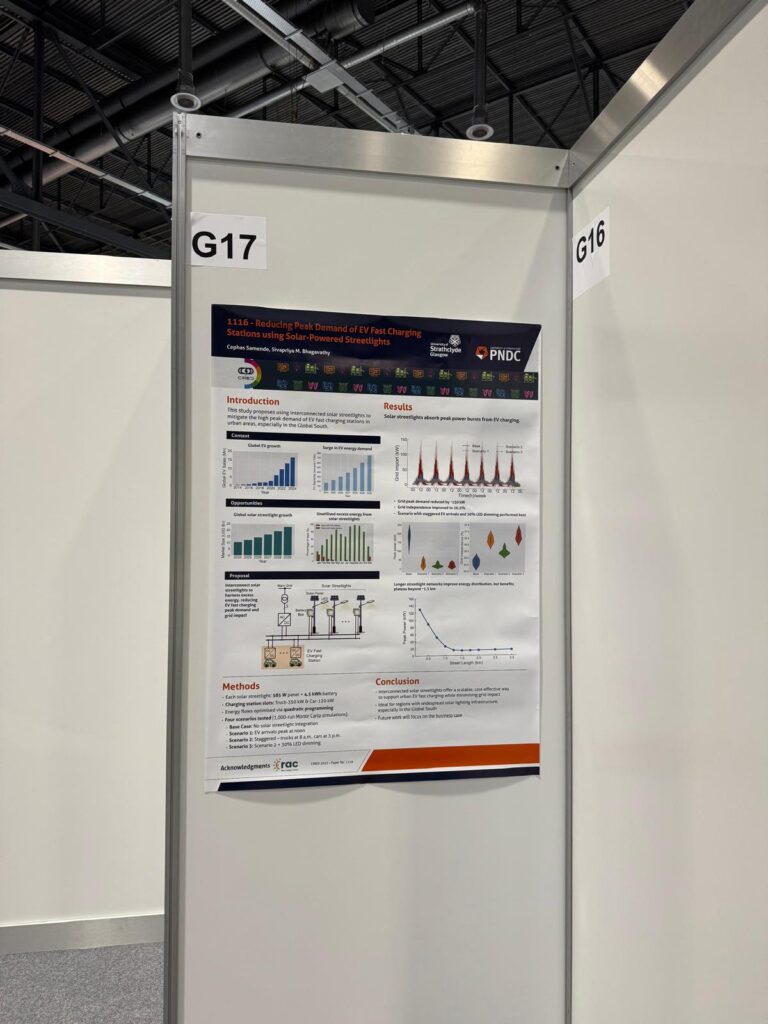
The conference itself was a packed five-day schedule. We started with insightful tutorials, then dived deep into technical sessions over the next three days – it was great exchanging ideas with energy experts from around the globe.
But, honestly, one of the absolute highlights for me was the site visit on the final day. We got to see the Alpiq Pumped Storage Power Plant in action, which is Switzerland’s second-biggest facility of its kind. It was way more than just looking at machinery; it felt like stepping into a history book of energy innovation!
Let me share just a few mind-blowing facts about the place:
- It started operations back in 1971.
- The plant has evolved significantly. Originally, Veytaux 1 had four turbines (60 MW each), totalling 240 MW. Then, in 2017, they added two more powerful units (120 MW each), boosting the total capacity to 480 MW!
- This plant is incredibly flexible – it can switch from pumping water (storing energy) to generating power (releasing energy) in just 4 minutes!
- It can respond to grid frequency changes super fast – in less than 0.5 seconds! That’s crucial for grid stability.
- It can store a massive amount of energy – 100 million kWh – equivalent to what 2 million electric vehicles could hold!
- There’s even a clever trick called a “hydraulic short circuit.” Sometimes, when they need to get water out of a lake but don’t need the extra energy right away (or the grid can’t take it), they can adjust the system so the turbines keep spinning to handle the water flow without actually drawing power from the grid. Smart, right?
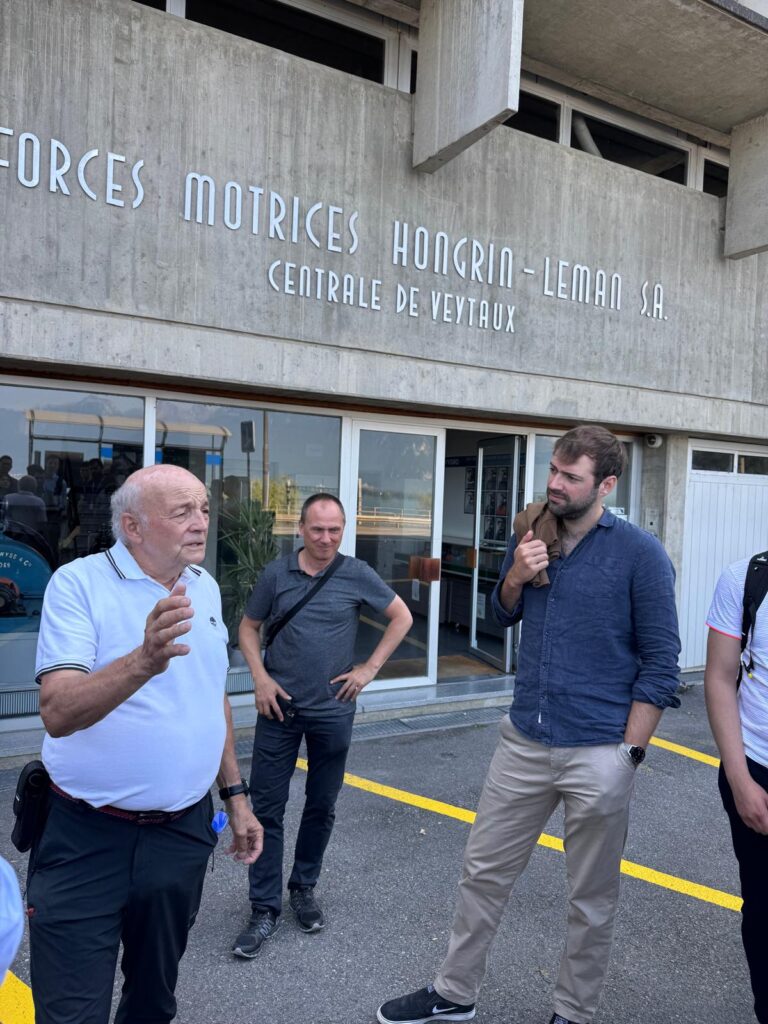
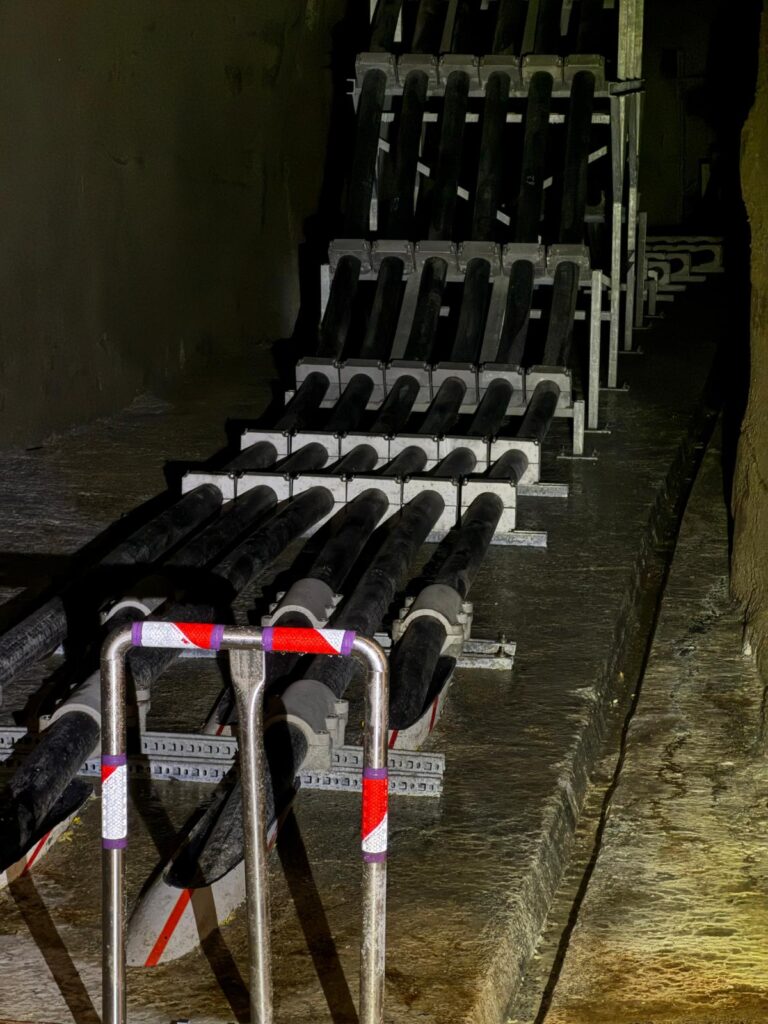
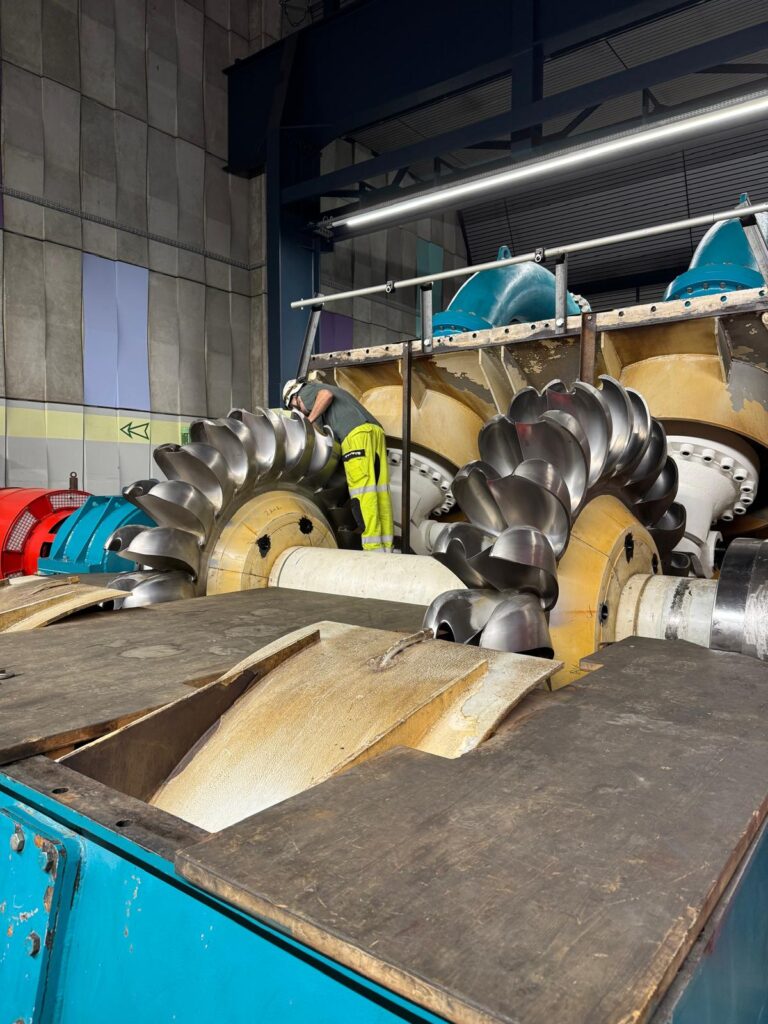
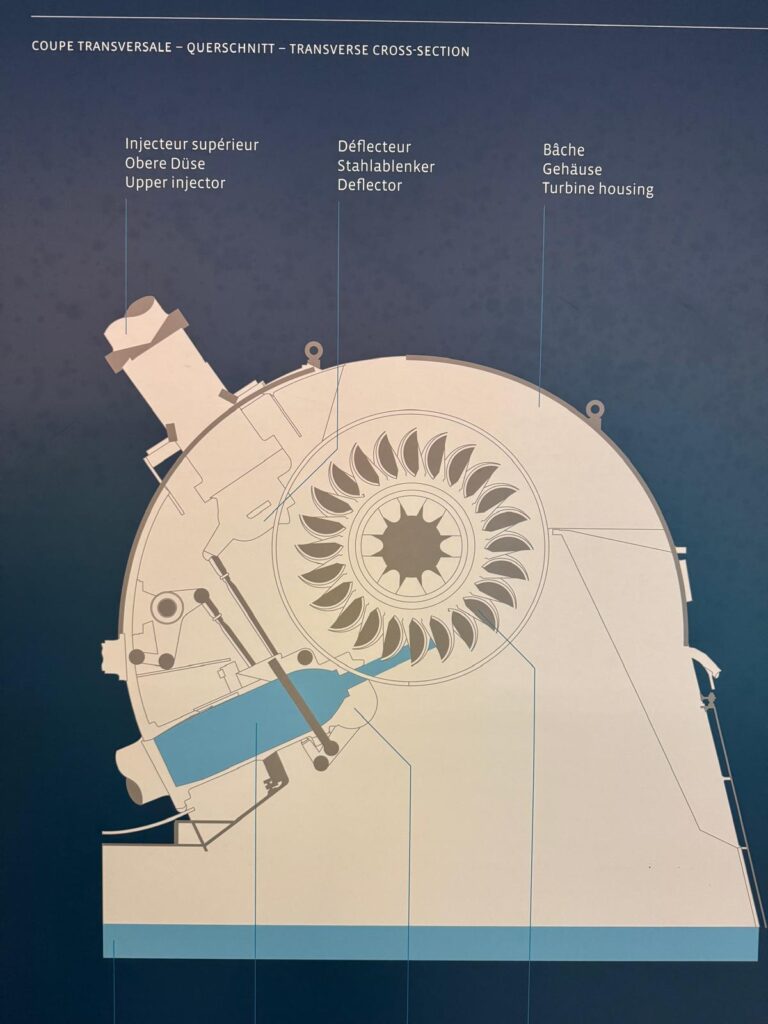
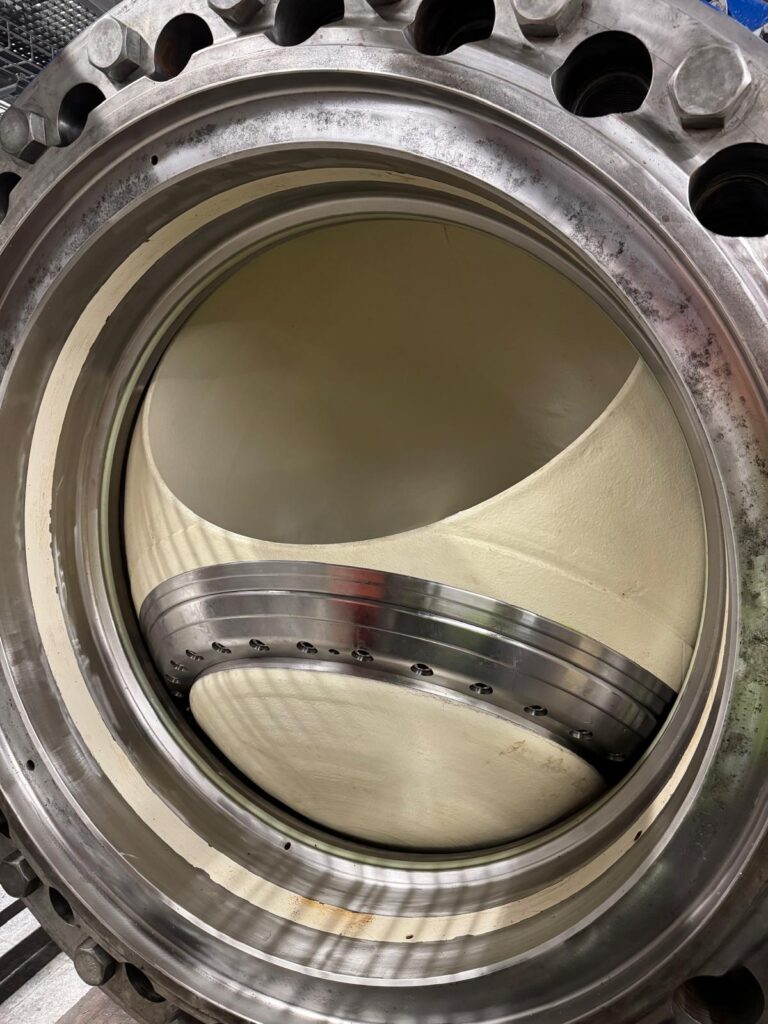
Figure 1: Just a glimpse of the incredible engineering we saw at Alpiq.
During the tour, which took us through all the key parts – the generator/motor units, the impressive Pelton wheels, the couplers, and the pumps – I felt this cool connection to my past. The sight of those Pelton turbines, especially, brought back vivid memories of an industrial visit way back during my undergraduate days in India, nearly twenty years ago!
It made me realise how much stays with you from those foundational experiences. I remembered the Sengulam Hydro Power Plant we visited. That plant was commissioned even earlier than Alpiq – way back in 1954! It was a significant part of my early engineering education. The Sengulam plant is fed by a balancing reservoir, the Sengulam Reservoir, formed by constructing a dam. Its storage capacity might seem modest compared to Alpiq’s overall system – it’s around 2.31 Million Cubic Meters (MCM) total, broken down into dead storage (1.61 MCM) and effective storage (0.70 MCM). But the engineering was impressive for its time and scale. The plant housed 4 generating units, each with a capacity of 12.7 MW, and notably, they used horizontal-axis double runner Pelton turbines. Seeing the vertical Pelton turbines at Alpiq, with their improved efficiencies (around 4-5% better than older designs), put those old engineering lessons into sharp perspective. It was fascinating to contrast the older horizontal design I remembered from Sengulam with the newer, more powerful vertical units at Alpiq.
It really got me thinking about how powerful visual cues are for memory. As I stared at the turbines, it reminded me of Malcolm Gladwell’s book “Blink,” where he talks about our instant, intuitive responses – how sometimes seeing a picture or object can tell us something much faster and deeper than words can describe. It’s like trying to explain someone’s face versus just looking at a photo – the impact is different. We’ll definitely dive deeper into the insights from “Blink” in another post soon!
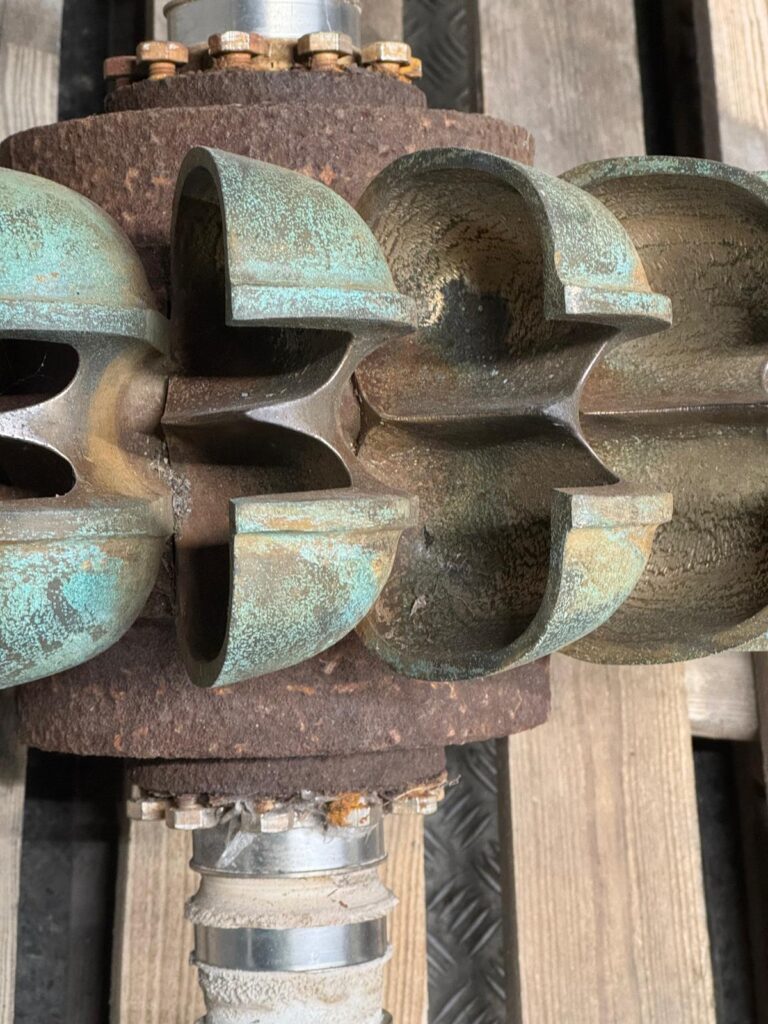
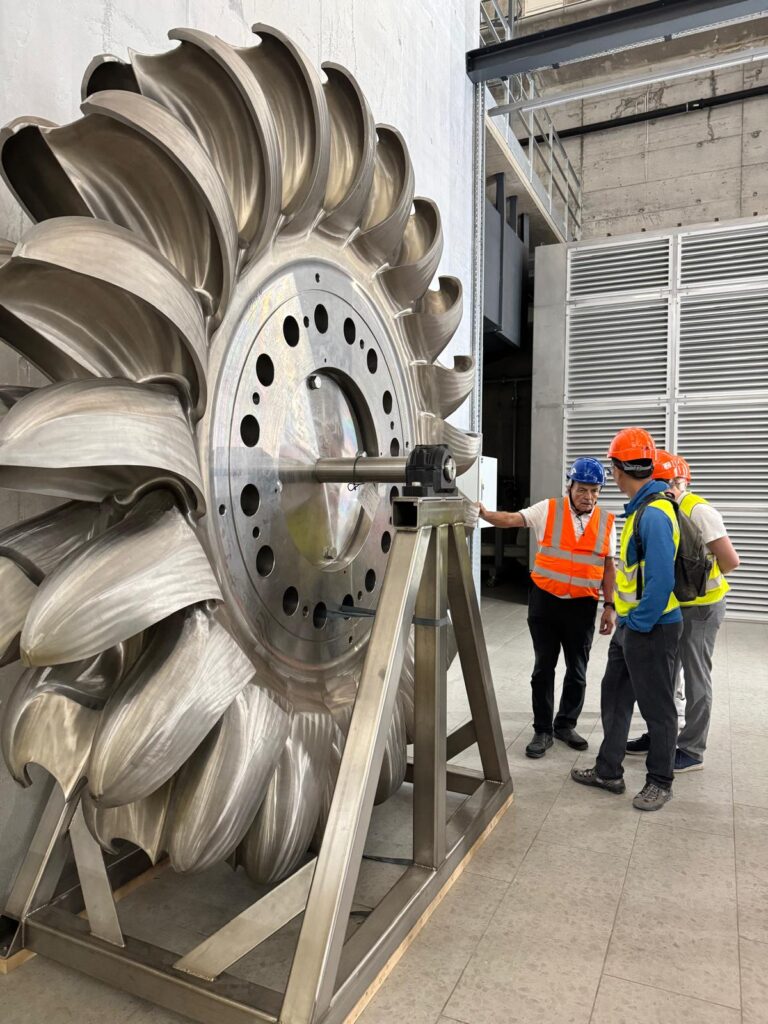
Figure 2: A close-up look at a spare Pelton turbine – a piece of engineering history!
So, the CIRED conference wasn’t just about presenting new ideas; it was also about seeing incredible real-world applications and, unexpectedly, reconnecting with my own educational journey. It’s amazing how technology evolves and how past experiences can resurface with just the right trigger!
Thanks for reading, and I hope you found these glimpses as interesting as I did.
Warm regards,
Priya
